When it comes to decorating a home or office, textured wall decor can add depth, warmth, and personality to any space. As someone who has navigated the world of interior design, I can assure you that textured accents can transform even the most mundane walls into stunning focal points. In this article, we’ll explore everything you need to know about textured wall decor, from styles and materials to practical tips and personal insights drawn from my own experiences.
What is Textured Wall Decor?
Textured wall decor refers to any design element that adds a tactile quality to walls, making them visually interesting and engaging. This can include various materials and techniques that create a three-dimensional effect. Some popular forms of textured wall decor include:
- Wood paneling
- Brick or stone veneers
- Fabric wall coverings
- Paint techniques (e.g., sponge painting, stucco)
- Wall art such as sculptures or mixed media pieces
Why Choose Textured Wall Decor?
Textured wall decor not only beautifies your space but also serves several purposes:
- Enhances Aesthetic Appeal: Texture adds visual interest and can complement various design styles, from rustic to contemporary.
- Improves Acoustic Performance: Textured materials can help absorb sound, making rooms quieter and cozier.
- Hides Imperfections: Textural elements can successfully conceal wall flaws, making them an excellent choice for older homes.
- Increases Home Value: Well-executed wall treatments can elevate your property’s value and appeal to potential buyers.
Popular Types of Textured Wall Decor
1. Wood Paneling
Wood paneling is a classic choice that brings warmth and character to a room. It can be used in various styles, from traditional shiplap to modern reclaimed wood.
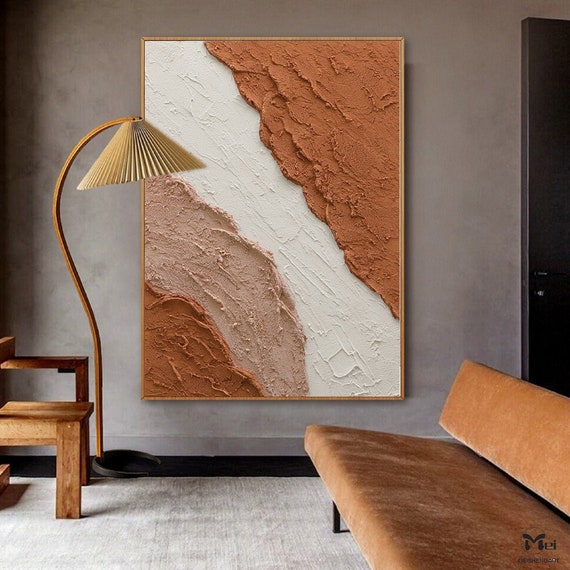
Pros and Cons of Wood Paneling
| Pros | Cons |
|---|---|
| Durable and long-lasting | Can be expensive |
| Adds warmth and charm | Requires maintenance (staining, sealing) |
2. Brick and Stone Veneers
Brick and stone veneers are excellent for creating a rustic or industrial vibe. They can be applied to feature walls or as accents, providing an authentic look without the weight of real stone.

Pros and Cons of Brick and Stone Veneers
| Pros | Cons |
|---|---|
| Authentic aesthetic | Installation can be complex |
| Low maintenance | Less insulation than solid walls |
3. Fabric Wall Coverings
Fabric wall coverings can add luxury and softness to a room. They come in various patterns and textures, allowing for creativity in design.
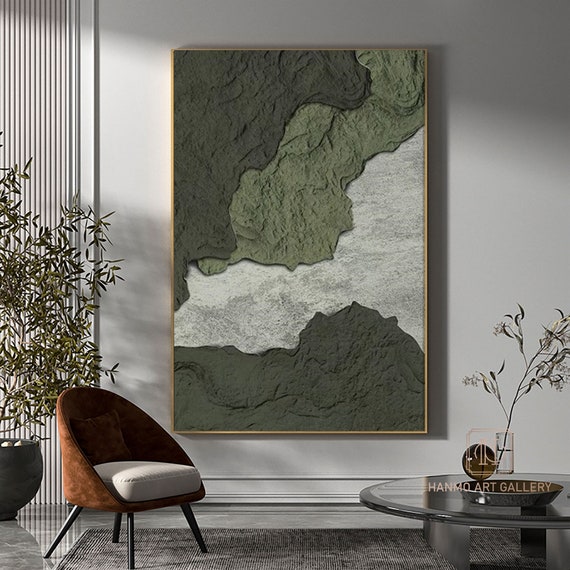
Pros and Cons of Fabric Wall Coverings
| Pros | Cons |
|---|---|
| Variety of colors and patterns | Can be difficult to clean |
| Softens sound | May sag or wrinkle over time |
4. Paint Techniques
Creative paint techniques can offer a budget-friendly way to add texture. Techniques like sponging, rag rolling, or using textured paint can create stunning effects on your walls.
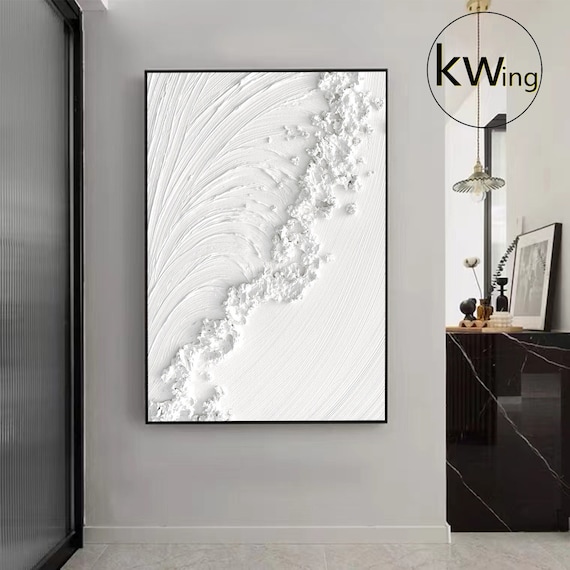
Pros and Cons of Paint Techniques
| Pros | Cons |
|---|---|
| Affordable | Requires a skilled hand for best results |
| Quick to apply | May require touch-ups over time |
5. Wall Art: Sculptures and Mixed Media
If you’re looking for a truly unique touch, consider adding wall art that incorporates texture. Sculptures, mixed media pieces, or wall hangings can create stunning focal points.

Pros and Cons of Wall Art
| Pros | Cons |
|---|---|
| Highly personalized | Can be expensive |
| Easy to change or update | Requires regular dusting or cleaning |
How to Choose the Right Textured Wall Decor for Your Space
Deciding on the perfect textured wall decor can feel overwhelming given the many options available. Here’s a simple guide to help you through the selection process:
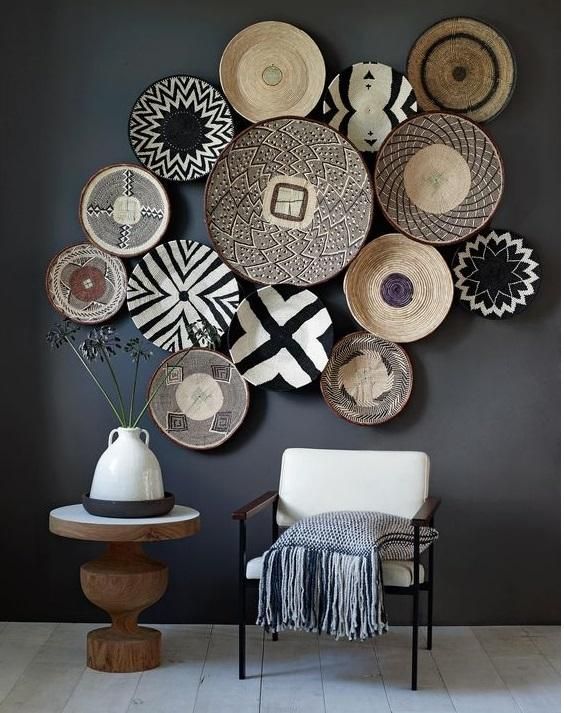
1. Assess Your Space
Consider the size and purpose of the room. A small room may benefit from lighter textures, while a spacious area can accommodate bold and heavy designs.
2. Determine Your Style
Your decor should reflect your personal style. Whether you prefer a rustic farmhouse look or a sleek modern aesthetic, choose textures that align with your vision.
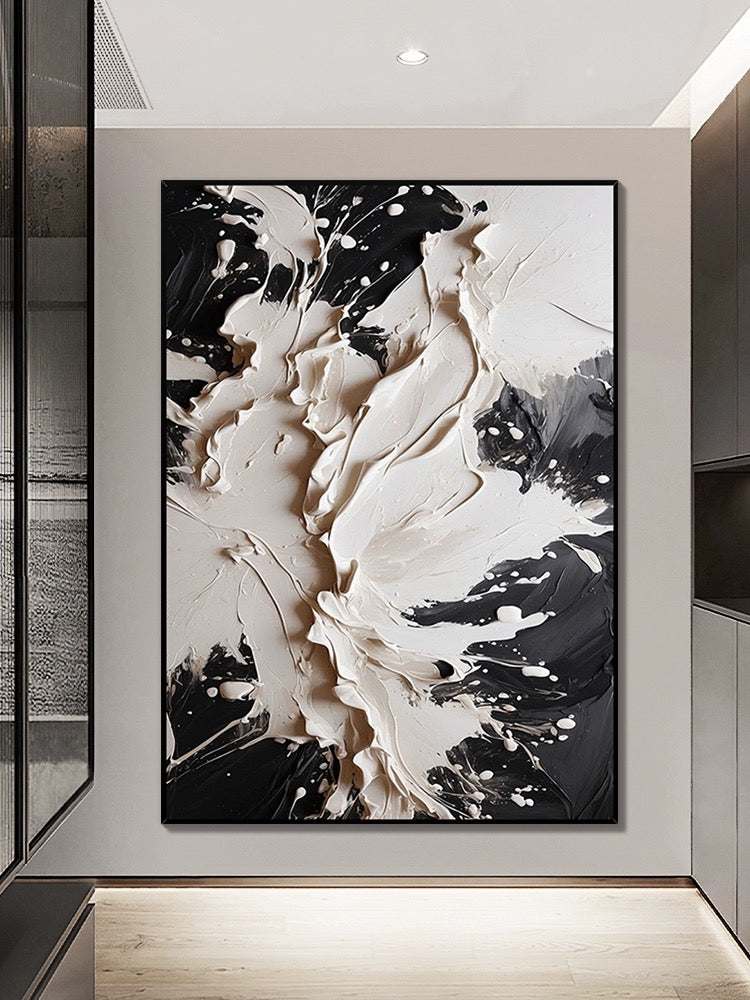
3. Consider Color Schemes
Textures can influence the perception of color. Lighter textures can make a room feel larger, while darker textures create intimacy. Always keep your color palette in mind.
4. Test Samples
If possible, obtain samples of the materials you’re considering. Testing them in your space can provide a better understanding of how they look and feel against your walls.
DIY vs. Professional Installation
One of the most important decisions when adding textured wall decor is whether to take on the project yourself or hire a professional. Here’s a breakdown to help you choose:
DIY Textured Wall Decor
If you’re a hands-on person like me, the DIY route can be rewarding! Here are some pros and cons:
- Pros: Cost-effective, customizable, personal satisfaction.
- Cons: Time-consuming, requires skill and tools, potential for mistakes.
Professional Installation
If you prefer to leave it to the experts, here are the considerations:
- Pros: Expertise, efficiency, high-quality results.
- Cons: Higher cost, limited personal input on design.
Maintenance Tips for Textured Wall Decor
Once you’ve installed your textured decor, maintaining it is key to preserving its beauty:
1. Regular Dusting
Textured surfaces can attract dust and dirt. Use a soft cloth or a vacuum with a brush attachment to keep them clean.
2. Spot Cleaning
For fabric wall coverings or painted surfaces, pay attention to stains. Use appropriate cleaners based on the material.
3. Routine Inspections
Regularly check for signs of wear or damage, particularly in high-traffic areas. Addressing issues early can prevent bigger problems later.
Personal Experiences with Textured Wall Decor
Throughout my journey of decorating my home, I discovered that selecting textured wall decor is not just about aesthetics, but also about creating a space that feels like “you.” In my living room, I installed reclaimed wood paneling that instantly warmed the space and sparked conversations. I’ve experimented with a variety of textures, and each time, I was amazed at how a simple change could enhance my home’s charm.
FAQs about Textured Wall Decor
Q1: Can textured wall decor work in a small room?
A1: Absolutely! Light-colored textures can create depth without overwhelming the space. Consider subtle textures like grasscloth or light paint techniques for a refreshing look.
Q2: Is textured wall decor hard to maintain?
A2: The maintenance largely depends on the materials used. Wooden panels may require periodic sealing, while fabric coverings need regular dusting.
Q3: How do I incorporate multiple textures in one room?
A3: Mixing textures can create a rich, layered look. Balance heavier textures with lighter ones, and choose a cohesive color palette to tie everything together.
Q4: What are some budget-friendly textured wall decor ideas?
A4: Consider DIY paint techniques, removable wallpaper, or framed fabric. These options can add texture without breaking the bank!
Q5: How can I know if a texture fits my style?
A5: Start by gathering inspiration. Create a mood board with images reflecting your style, and see which textures resonate most with your vision.
Conclusion
Textured wall decor has the power to completely transform your space, making it feel more inviting and personalized. With a variety of options available, there’s something to suit every taste and budget. Whether you decide to tackle the project yourself or enlist the help of a professional, the key is to choose materials and designs that reflect your unique personality. Embrace the journey of decorating your walls, and watch as your home evolves into a beautiful and textured oasis!